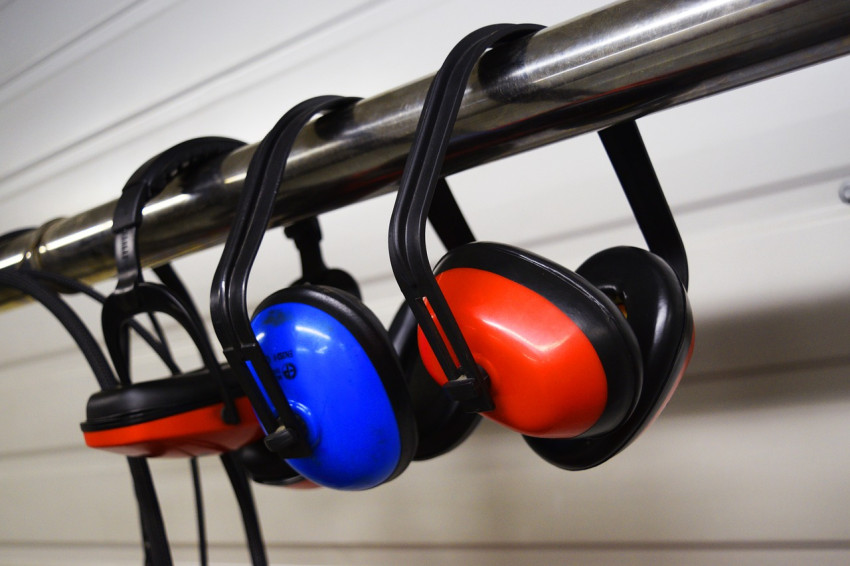
Wi-Fi makes noise cancelling headphones even better
Noise-cancelling headphones can be improved using Wi-Fi. By receiving a sound signal in a small, low-energy unit and converting this into a digital signal, it is possible to improve headphone performance, researchers at the University of Illinois in the US believe.
Noise-cancelling headphones use microphones to pick up sound that is compensated using active noise control (noise that uses exactly the reverse phase of the original sound). This means you don't hear people talking, or traffic or other distracting noises.
However, the technology is not perfect: the microphone picks up sound and must quickly calculate how the sound is to be muted. As a result, it misses some parts of the sound spectrum and still lets some noise through.

A LOT FASTER
But there now seems to be a solution for this, as demonstrated by research from the University of Illinois. By transmitting the recorded sound via a Wi-Fi signal to a pair of headphones, the original sound can be recognised and compensated long before it reaches the listener's ears. After all, Wi-Fi wavelengths are a lot faster than sound waves (a thousand times faster). And that means the headphones no longer 'miss' any sounds. Depending on the proximity of the sound, this can make the difference of a couple of microseconds needed for a good calculation.
It's a simple idea, but numerous calculations are required to make this run smoothly. A small microphone is needed to pick up sound, translate it into a digital signal and then send it via Wi-Fi to the headphones that then generate the counter-sound. The headphones must therefore have a Wi-Fi connection.
MANY MICROPHONES
An external microphone can be handy, because it can pick up sound at a greater distance. The researchers themselves give the example of a microphone on your office door, so that colleagues talking in the corridor don't disturb you. But it also means that it can be complicated when sounds are coming from various directions. If you work in an open-plan office, you would need to be surrounded by microphones to be able to work entirely noise-free.
The researchers are aware of this, yet think that in future there could be more microphones. As part of the Internet of Things, many small, low-energy devices with Wi-Fi connection will be mounted in our living environment. Equipping these types of devices with a microphone would mean that anyone who wants to work in a completely silent setting could do so. The researchers built such a microphone device, so the basic technology already exists. They are now focusing on perfecting this device, so that it can control multiple headphones, for example.
Photo: Mimzy
If you found this article interesting, subscribe for free to our weekly newsletter!
Meer artikelen

Een AI-fabriek in Groningen

Gezondheid meten via zweetdruppels
Nieuwste artikelen

Een AI-fabriek in Groningen






